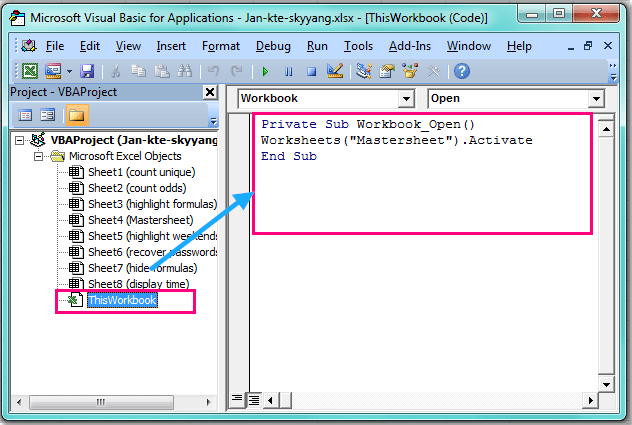How to Make Creditors Show Their Paperwork Now

"The proof is in the paperwork," or so they say when it comes to financial matters like loans, debts, and mortgages. Dealing with creditors can often feel like a complex web of documents, statements, and policies. Whether you are disputing a debt, seeking transparency in your financial dealings, or simply exercising your rights, knowing how to make creditors show their paperwork now is crucial. This comprehensive guide will walk you through the steps to ensure creditors provide the documentation you are entitled to see.
Understanding Your Rights

Before diving into the process, it's beneficial to understand your rights under various laws:
- The Fair Credit Reporting Act (FCRA): Allows you to request and access information about your credit report, which creditors must provide.
- The Fair Debt Collection Practices Act (FDCPA): Ensures that debt collectors provide validation of a debt if requested.
- The Truth in Lending Act (TILA): Requires creditors to supply written disclosures of credit terms and finance charges.
⚖️ Note: Understanding your rights is the first step towards effectively dealing with creditors. Knowledge of the relevant laws provides a strong foundation for your requests.
Steps to Request Paperwork

1. Identify the Creditor and Debt

Begin by identifying which creditor you need to contact and what specific debt or transaction you are questioning. This information is crucial for:
- Directing your request accurately.
- Providing context in your communication.
- Avoiding confusion if you have multiple creditors or accounts.
2. Gather Information

Collect any existing documentation or communication you have with the creditor:
- Account statements
- Initial loan agreement
- Correspondence
- Details of any payment history
This evidence will help support your request.
3. Send a Formal Request

Request the paperwork through a written or formal method. Here’s how to structure it:
- Write a clear and concise letter.
- Specify the information you want:
- Request account statements, debt validation, credit report details, or loan documents.
- Include identifying information:
- Your name, address, and account number.
- The creditor's name, address, and contact details.
- Mention your rights:
- Under FCRA for credit reporting information.
- Under FDCPA for debt validation.
- Under TILA for loan terms.
- Set a deadline:
- Request the documents within 30 days or as per the legal requirements.
- Send the letter via certified mail to have proof of delivery.
💡 Note: Keeping records of all correspondence with creditors can be beneficial, especially if further action is required.
4. Follow Up

If you don't receive the requested information within the set timeframe:
- Call the creditor to follow up.
- Send a reminder letter.
- Consider filing a complaint with regulatory bodies:
- Consumer Financial Protection Bureau (CFPB)
- Federal Trade Commission (FTC)
5. Use Dispute Letters

In cases where the debt or transaction is disputed, formal dispute letters can be employed:
- Write a dispute letter.
- Specify the details of the dispute.
- Request validation of the debt.
Here’s an example of what such a letter might include:
[Your Name] [Your Address] [City, State, Zip Code] [Email Address] [Phone Number] [Date] [Name of Creditor] [Address of Creditor] [City, State, Zip Code] Re: Account Number [Your Account Number] Dear [Name of Creditor], I am writing to dispute and request validation of the alleged debt associated with the above-referenced account. Per the Fair Debt Collection Practices Act (FDCPA), I am entitled to: - Verification that I owe this debt. - The original creditor's name and address. - An itemization of the amount claimed, including interest, fees, and original charges. - Proof of the transaction date and purchase made. Please provide the requested documentation within 30 days from the receipt of this letter. Until I receive and verify this information, I hereby dispute this debt. Sincerely, [Your Signature] [Your Printed Name]
6. Keep Records

Maintain thorough records of your correspondence:
- Keep copies of all letters sent and received.
- Record details of phone conversations.
- Store any digital or physical documentation provided by the creditor.
This ensures you have evidence of your requests and responses for future reference.
Upon concluding the process, take time to reflect on the importance of transparency and your rights as a consumer. Ensuring creditors provide their paperwork promptly not only satisfies your curiosity but also establishes a basis for further actions if disputes or discrepancies arise. By understanding your rights, sending formal requests, and diligently following up, you maintain control over your financial dealings and promote fair practices within the industry.
Can I request debt validation for any debt?

+
Yes, under the FDCPA, you can request validation of a debt from debt collectors. This right does not apply to your original creditor directly.
How long do creditors have to respond to my request for paperwork?

+
Generally, under the FDCPA, debt collectors must provide validation of a debt within 30 days of your request. Other laws might have different timelines.
What if the creditor refuses to provide the requested paperwork?

+
If a creditor refuses to provide the requested documentation, you can file complaints with agencies like the CFPB or FTC, and consider legal action if necessary.



